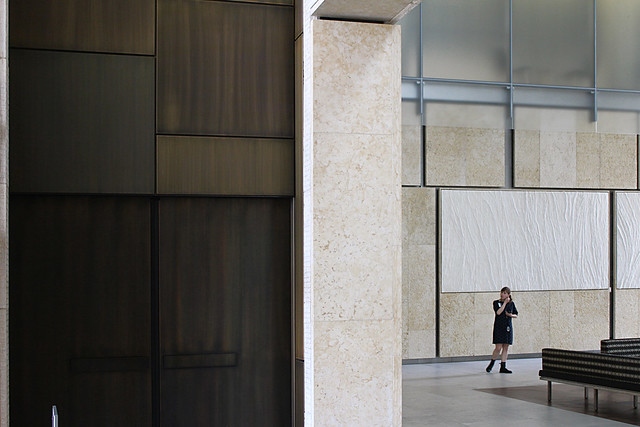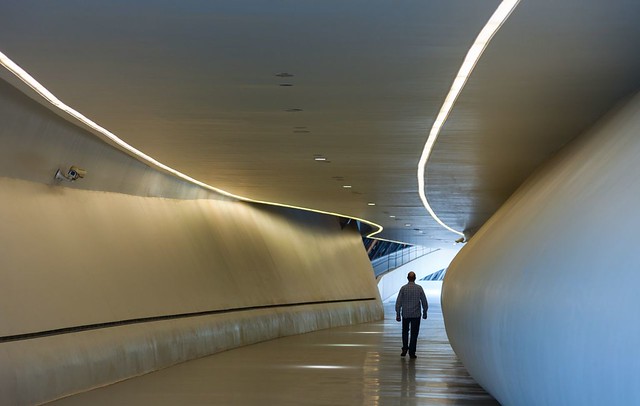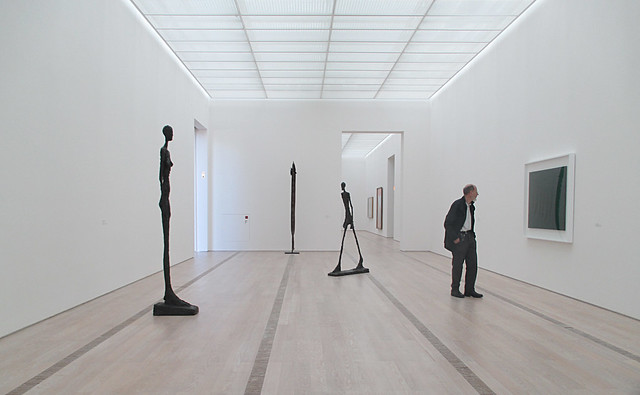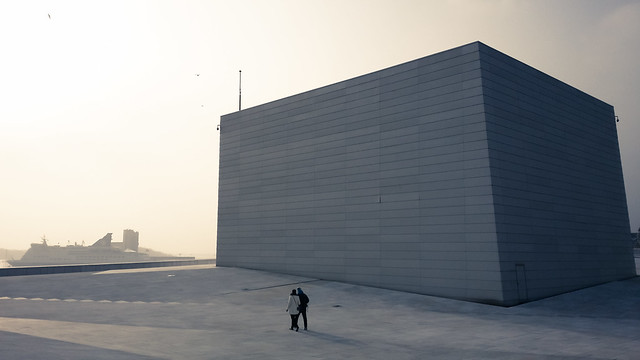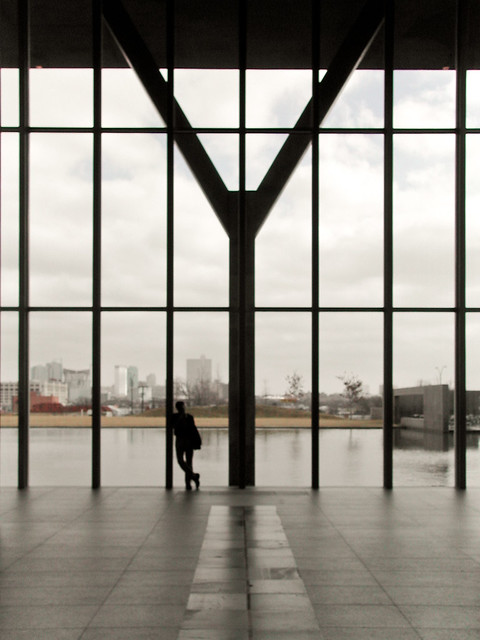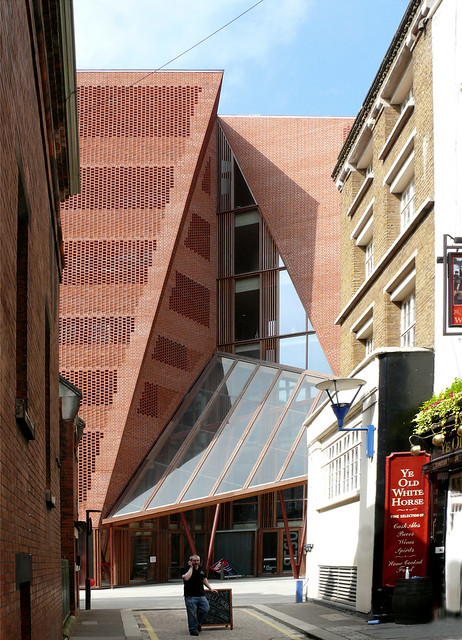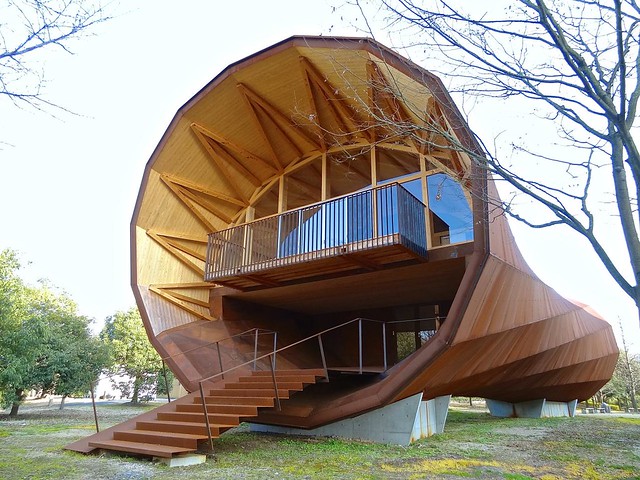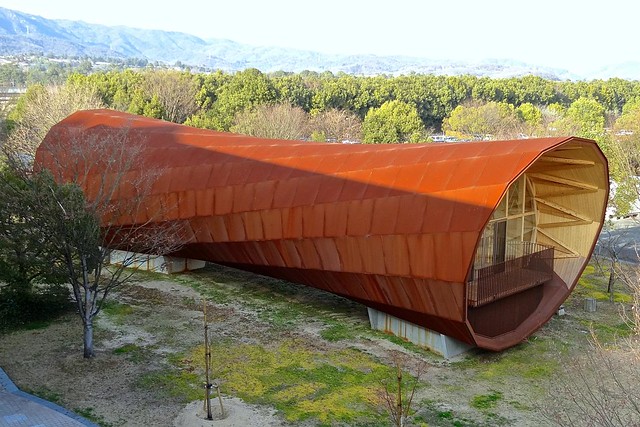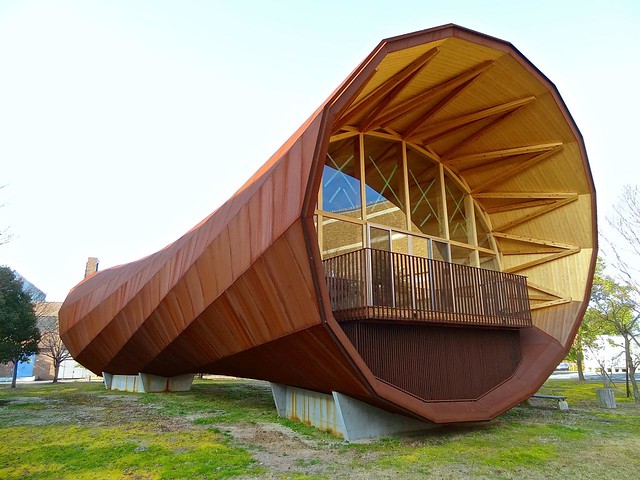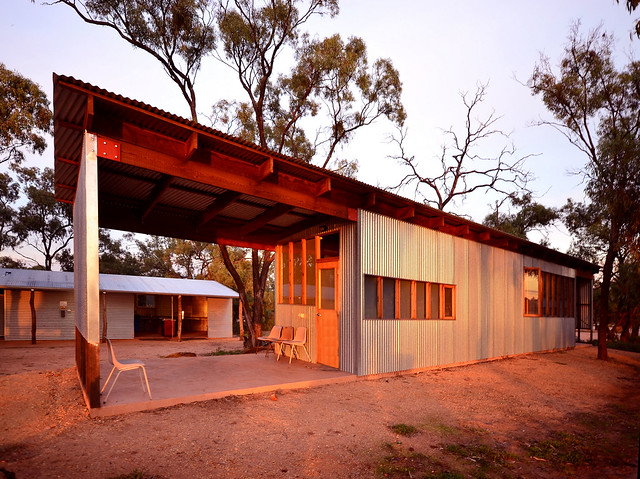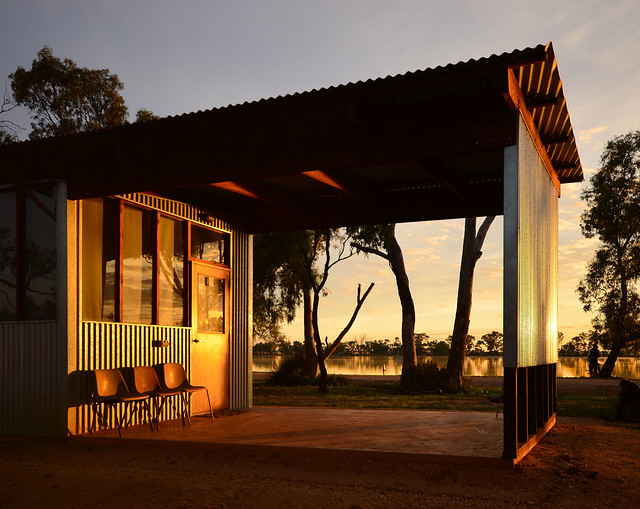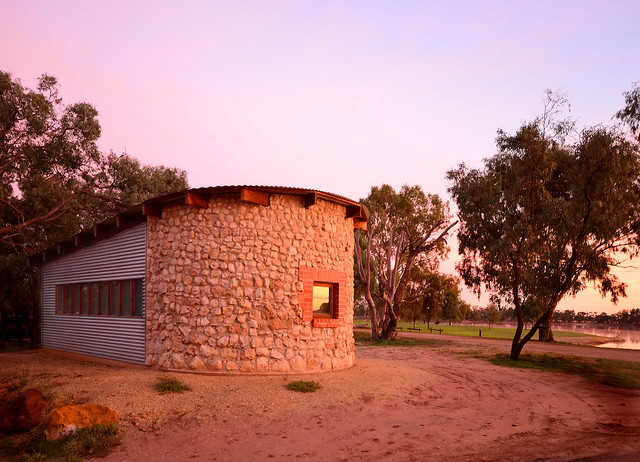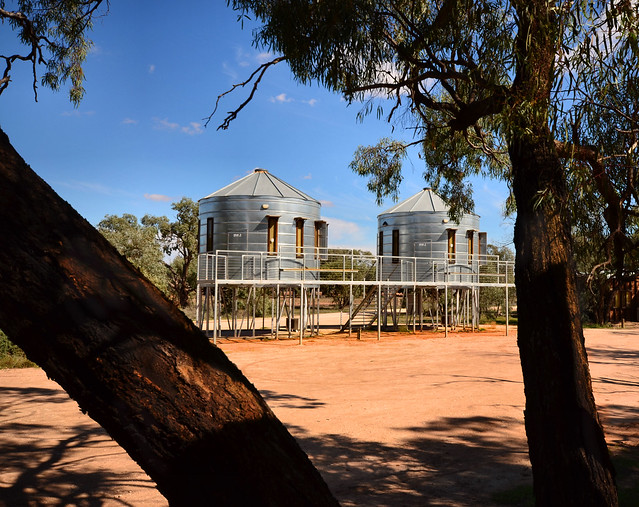Back in 2011 I included logs as an installment in the "architectural element" series. In that post I looked at buildings, like Piet Hein Eek's study for Hans Liberg, that turned logs 90 degrees from what we usually think of in terms of log cabins. Therefore the exterior walls were made up of the center cuts of logs rather than their bark exteriors.

[Piet Hein Eek's study for Hans Liberg | Photo by Thomas Mayer]
In that post I also mentioned traditional stovewood (or stackwood or cordwood) buildings, where roughly one-foot-long logs were stacked, and the in-between space filled with lime mortar. The main difference between the study above and the more traditional building on the cover of Cordwood Building: The State of the Art by Rob Roy is the presence of mortar. While the study's logs are held in place in front of the steel frame with glue and copper brackets, the wood and masonry of cordwood buildings act together to create monolithic walls; they may not be structural but they bear their own weight.

The distinction can be seen in two more recent projects, one completed and one under construction.
Bert Haller's Seven Easy uses wood logs in a contemporary vein, as a means of creating an image and texture. This is befitting an interior application, where keeping out water, air and bugs is not necessary. The wood wall seen below separates the dining room from the bathrooms.

[Bert Haller, Seven Easy]
The second project is Studio Gang's Arcus Center for Social Justice Leadership at Kalamazoo College in Michigan, now under construction. The building is a "Y" shape in plan with curved walls spanning between the large apertures that are found at the end of each wing.


[Arcus Center | Renderings from Studio Gang website]
As can be seen in the top rendering, the walls sometimes peel in to allow for access to the building, and in other cases openings are created through slits in the wall (above) or with round openings sized similarly to the logs. The construction photo below reveals how the wood masonry basically functions like a brick wall, sitting in front of a wall that has insulation, waterproofing, and vapor barrier.

[Photo by Mark Bugnaski | MLive.com)
This photo of the construction reveals a lot about how the logs and mortar work together. According to Studio Gang, the "wood masonry [is] a low-carbon, highly insulating building method traditional to the surrounding region, updated by Studio Gang to respond to the needs of a contemporary institutional building for the first time." I'm sure when this building is done, these walls will be much talked-about.

[Photo by Mark Bugnaski | MLive.com)

[Piet Hein Eek's study for Hans Liberg | Photo by Thomas Mayer]
In that post I also mentioned traditional stovewood (or stackwood or cordwood) buildings, where roughly one-foot-long logs were stacked, and the in-between space filled with lime mortar. The main difference between the study above and the more traditional building on the cover of Cordwood Building: The State of the Art by Rob Roy is the presence of mortar. While the study's logs are held in place in front of the steel frame with glue and copper brackets, the wood and masonry of cordwood buildings act together to create monolithic walls; they may not be structural but they bear their own weight.

The distinction can be seen in two more recent projects, one completed and one under construction.
Bert Haller's Seven Easy uses wood logs in a contemporary vein, as a means of creating an image and texture. This is befitting an interior application, where keeping out water, air and bugs is not necessary. The wood wall seen below separates the dining room from the bathrooms.

[Bert Haller, Seven Easy]
The second project is Studio Gang's Arcus Center for Social Justice Leadership at Kalamazoo College in Michigan, now under construction. The building is a "Y" shape in plan with curved walls spanning between the large apertures that are found at the end of each wing.


[Arcus Center | Renderings from Studio Gang website]
As can be seen in the top rendering, the walls sometimes peel in to allow for access to the building, and in other cases openings are created through slits in the wall (above) or with round openings sized similarly to the logs. The construction photo below reveals how the wood masonry basically functions like a brick wall, sitting in front of a wall that has insulation, waterproofing, and vapor barrier.

[Photo by Mark Bugnaski | MLive.com)
This photo of the construction reveals a lot about how the logs and mortar work together. According to Studio Gang, the "wood masonry [is] a low-carbon, highly insulating building method traditional to the surrounding region, updated by Studio Gang to respond to the needs of a contemporary institutional building for the first time." I'm sure when this building is done, these walls will be much talked-about.

[Photo by Mark Bugnaski | MLive.com)

